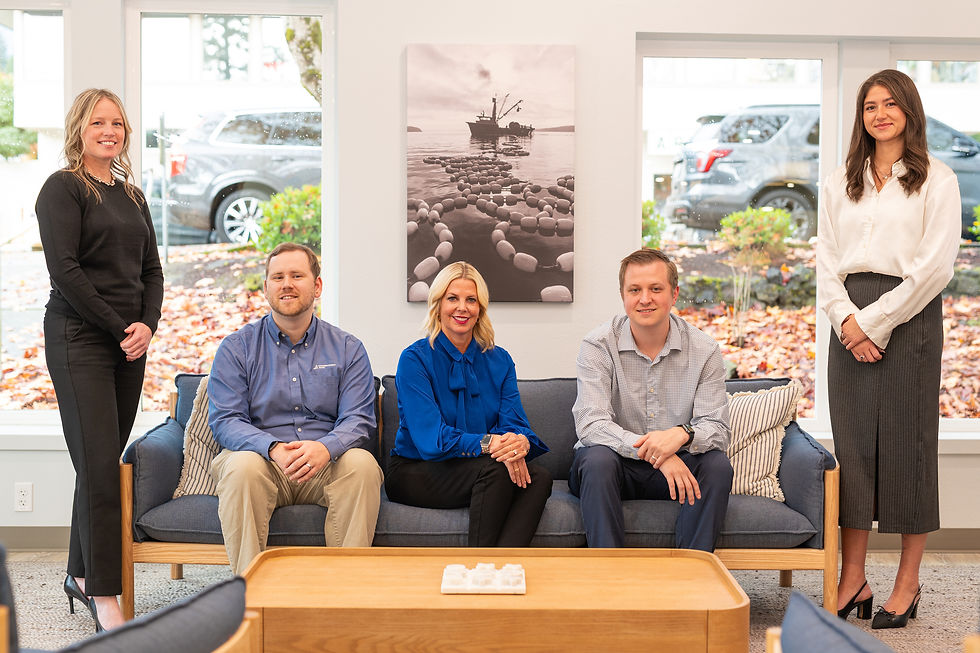It’s Just a Headache
- Gig Harbor Living Local

- May 10, 2023
- 2 min read
Updated: May 11, 2023
Or is it? By Dr. Kandi Moller, Owner of Eye Candy Optical and the Myopia Control & Treatment Center in Uptown, Neurovisual Medicine specialist, mother to @gumdropthepig

In theory, our eyes work perfectly as a team, pointing together seamlessly at the object you are looking at, each sending identical information to the brain allowing you to see one clear image. Nerves control the six eye muscles and the eye movements, causing them to move in sync together. What happens if they DON’T work together well? If one eye is pointing in a slightly different direction? One eye could be pointing up or down, in or out, so instead of receiving the same info from each eye, the brain receives two disparate images. This confuses the brain, causing the six eye muscles to have to work overtime to relieve the stress on the brain and to keep the brain from seeing two images.
The muscle strain leads to a multitude of symptoms including anxiety, dizziness, difficulty driving, learning and reading issues, and poor concentration. These are mistakenly attributed to being caused by psychiatric issues, traumatic brain injury, dyslexia, MS, or even stroke, rather than the eyes. The patient is mislabeled or put on medications that are not treating the root cause.
I have just described binocular vision dysfunction (BVD), a condition where the eyes don’t work together as a team, and it is estimated 20 percent of the population suffers from it. That is a HUGE number of undiagnosed patients suffering, in pain, unable to drive or do well in school.
The most common symptoms of BVD are headaches or migraines. They often occur in the forehead, temples, or back of the head, are worse in the afternoon or after school, and can occur in all ages. Patients find some solace on the weekends, as there is less need to focus on near work, which requires even more muscle control and concentration. They also seek relief in other ways, most often with drugs, whether pills or injections. Neurologists and headache doctors recommend MRIs to make sure there is nothing scarier involved. They might recommend acupuncture, meditation, and other nonstandard ways to alleviate the pain, all of which cost thousands of dollars and take hours and days away from the patient.
Occasionally an optometrist may be sought to check for a visual component. However, binocular vision dysfunction is not found at a regular vision exam and instead requires detailed testing by a neuro-visual specialist. The patient first takes a questionnaire to check all aspects of symptoms, the neuro-visual specialist takes a detailed history, checks external and internal health, takes many measurements to check for an eye muscle imbalance, then prescribes prism-aligning glasses.
Take your quiz at: CoulditBeMyEyes.com/eye-candy-optical.





Comments